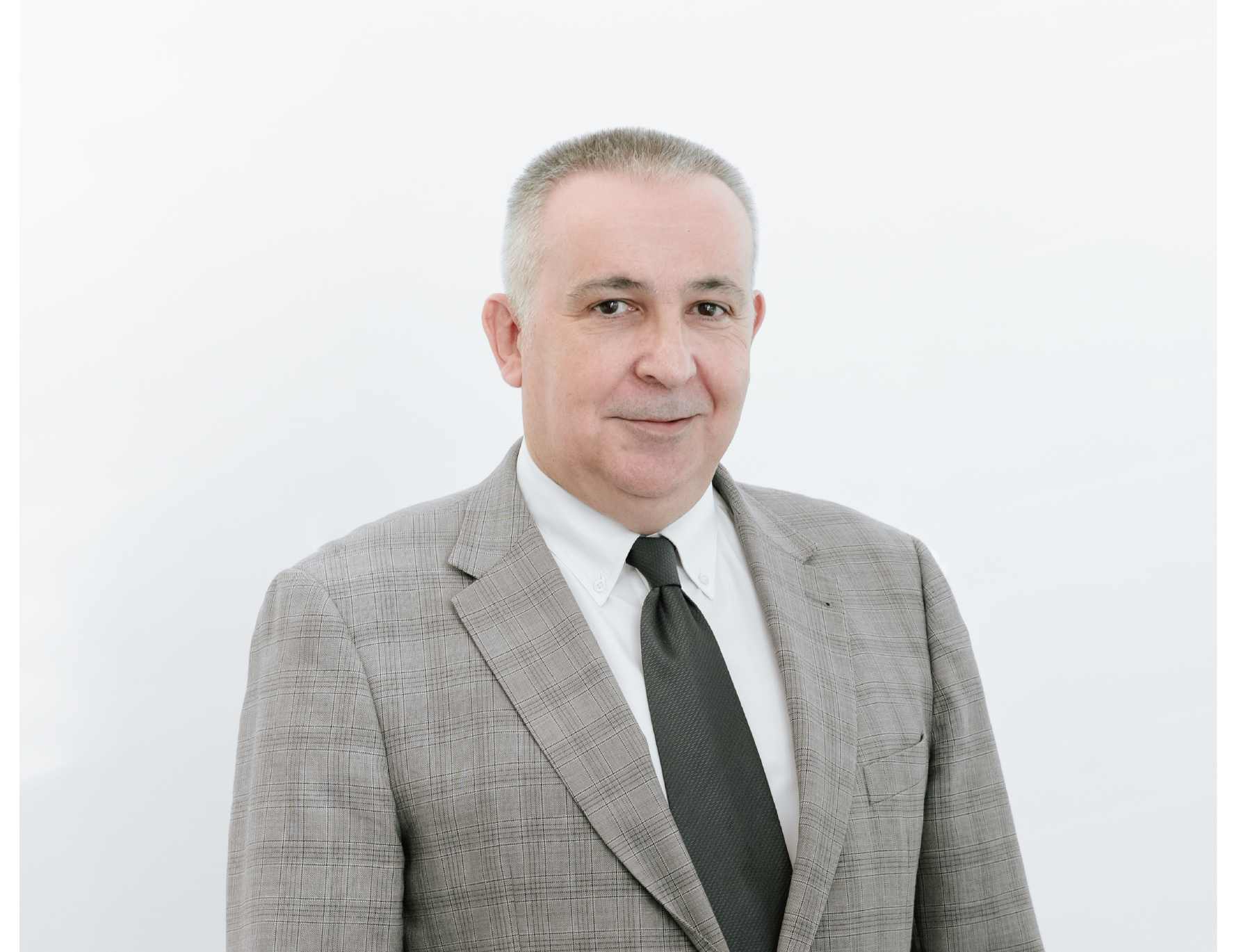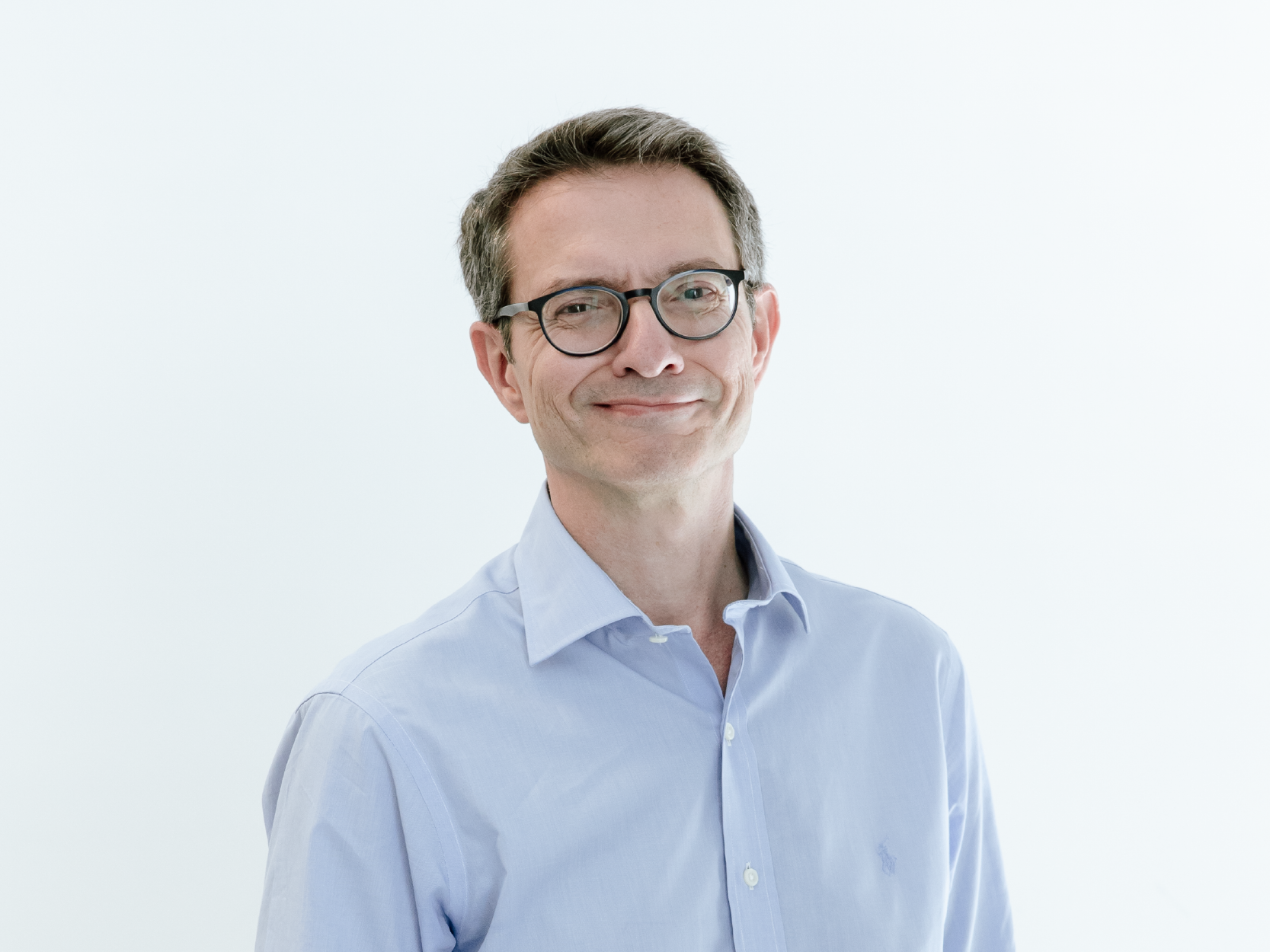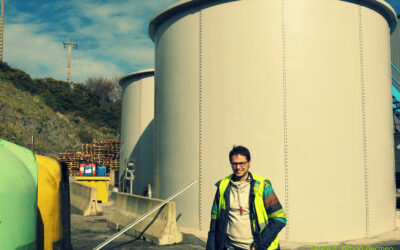Infrastructure
Building

RESEARCH AREAS
Building and Infraestructure
Description
In order to respond to the needs of the construction sector, at CARTIF we develop technological solutions focused on Sustainable and Intelligent Construction.
We work in different fields of application with special emphasis on the sensorization and monitoring of infrastructures, integration of renewable energies in building, 3D printing technologies in construction, devices and IoT networks for the intelligent home, rehabilitation and preventive maintenance of buildings, 3D digitalization and measurement, FEM simulation, development of new materials with innovative properties and solutions for logistics and transport. All this is integrated into the overall concept of urban and territorial regeneration (Smart Cities / Smart Territories).
Research Lines
- Development of IA based solutions for the support decision-making in construction.
- Development of solutions for the improvement of structural health through vibration control.
- Development of solutions of infrastructures digitalization.
- Development of robotic solutions, 3D data process and additive manufacturing for the construction sector.
Patents
- U201930036: Modelo de utilidad de Dispositivo mitigación de oscilaciones.
- P201430972: Dispositivo y procedimiento para medición de vibraciones.
Publications
- Road crack detection using visual features extracted by Gabor filters; E. Zalama, J. Gómez-García-Bermejo, R. Medina, J. Llamas; Computer‐Aided Civil and Infrastructure Engineering 29 (5), 342-358.
- An effective texture mapping approach for 3D models obtained from laser scanner data to building documentation; E. Zalama, J. Gómez-García-Bermejo, J. Llamas, R. Medina; Computer‐Aided Civil and Infrastructure Engineering 26 (5), 381-392.
- Enhanced automatic detection of road surface cracks by combining 2D/3D image processing techniques; R. Medina, J. Llamas, E. Zalama, J. Gómez-García-Bermejo; 2014 IEEE International Conference on Image Processing (ICIP), 778-782.
- Crack detection in concrete tunnels using a gabor filter invariant to rotation; R. Medina, J. Llamas, J. Gómez G-Bermejo, E. Zalama, M. Segarra; Sensors 17 (7), 1670.
- Implementation of passive and active vibration control on an in‐service footbridge; Carlos M. Casado, Iván M. Díaz, Jesús de Sebastián, Alfonso V. Poncela, Antolín Lorenzana; Structural Control and Health Monitoring, Volume20, Issue1, January 2013, Pages 70-87.
- Adaptive Tuned Mass Damper for the Construction of Concrete Piers; Carlos M. Casado, Alfonso V. Poncela, Antolín Lorenzana; Structural Engineering International, 17:3, 252-255.
Reference clients:
Team

Fernando Gayubo Rojo
Head of Industrial and Digital Systems Division

José Mª Llamas
Head of Building and Infrastructure Area
Related projects
REPARA 2.0
REPARA 2.0 aims to develop new technologies and methodologies that support infrastructure management and allow the rehabilitation and conservation of any type of road at a lower economic and environmental cost.
SALUS
SALUS project appears due to the lack of techniques able to detect geomembrane damages before these cause the rupture, and therefore, the environmental pollution
WTANK
development of a new tank of more than 2000m3 by means of a new production process called ‘flex moulding’ and materialised with fibreglass reinforced polymeric composite panels (FRP) for application in the wastewater treatment sector.
REHABCAR
El proyecto REHABCAR (REHABilitación de CARreteras y autopistas) desarrolló nuevas herramientas para la transformación de las carreteras y autovías existentes en infraestructuras económicamente sostenibles y de alta calidad para prolongar su vida útil y adaptarlas a las nuevas necesidades del tráfico.







